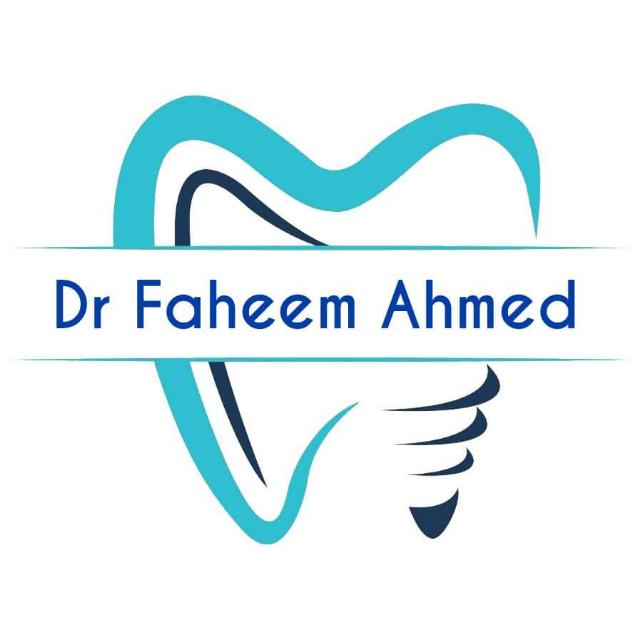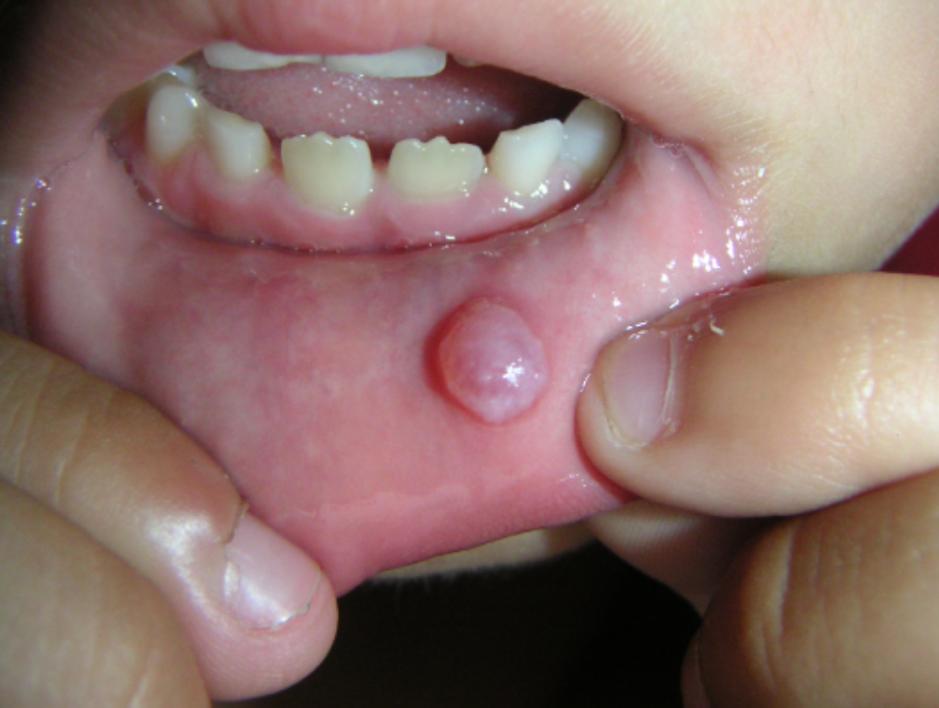An oral cyst is a fluid-filled sac or pouch that develops within the mouth. These cysts can form in various locations, including the soft tissues, bone, or around the roots of teeth. Oral cysts are relatively common and can be asymptomatic or may present with symptoms such as pain, swelling, or discomfort. Here’s an overview of oral cysts:
1. Types of Oral Cysts: There are several types of oral cysts, each with its own characteristics and causes. Some common types include:
-
- Radicular cysts (periapical cysts): These cysts develop at the tip of a tooth’s root in response to infection or trauma. They are often associated with teeth that have undergone extensive decay or undergone root canal treatment.
-
- Dentigerous cysts: Dentigerous cysts form around the crown of an unerupted tooth, typically impacted wisdom teeth or other permanent teeth that fail to emerge properly.
- Odontogenic keratocysts: These cysts originate from the cells involved in tooth development and are often found in the jawbone. They have a higher recurrence rate compared to other types of oral cysts.
- Nasopalatine duct cysts: These cysts develop in the midline of the palate behind the front teeth and are often discovered incidentally during dental examinations.
2. Causes: The exact cause of oral cysts can vary depending on the type. However, most oral cysts develop as a result of inflammatory processes, developmental abnormalities, or changes within the tissues of the mouth. For example, radicular cysts often occur due to infection or trauma to the tooth, while dentigerous cysts may result from the accumulation of fluid around an impacted tooth.
3. Symptoms: Oral cysts may or may not cause symptoms. When symptoms are present, they can include swelling or a visible bump in the affected area, pain or discomfort, difficulty eating or speaking, and inflammation of the surrounding gums.
4. Diagnosis: Oral cysts are typically diagnosed through a combination of clinical examination and imaging studies, such as dental X-rays or cone beam computed tomography (CBCT). These imaging tests allow the dentist or oral surgeon to evaluate the size, location, and characteristics of the cyst.
5. Treatment: The treatment for an oral cyst depends on various factors, including the type and size of the cyst, the presence of symptoms, and the risk of complications. In many cases, surgical removal of the cyst is necessary to prevent recurrence and alleviate symptoms. Depending on the size and location of the cyst, the procedure may be performed by a dentist, oral surgeon, or maxillofacial surgeon.
It’s essential to seek prompt evaluation and treatment if you suspect you have an oral cyst to prevent potential complications and ensure optimal oral health. Your dentist or oral surgeon can provide a comprehensive assessment and recommend the most appropriate treatment plan for your specific situation.



